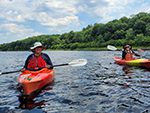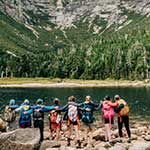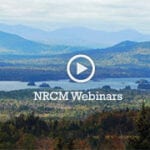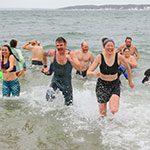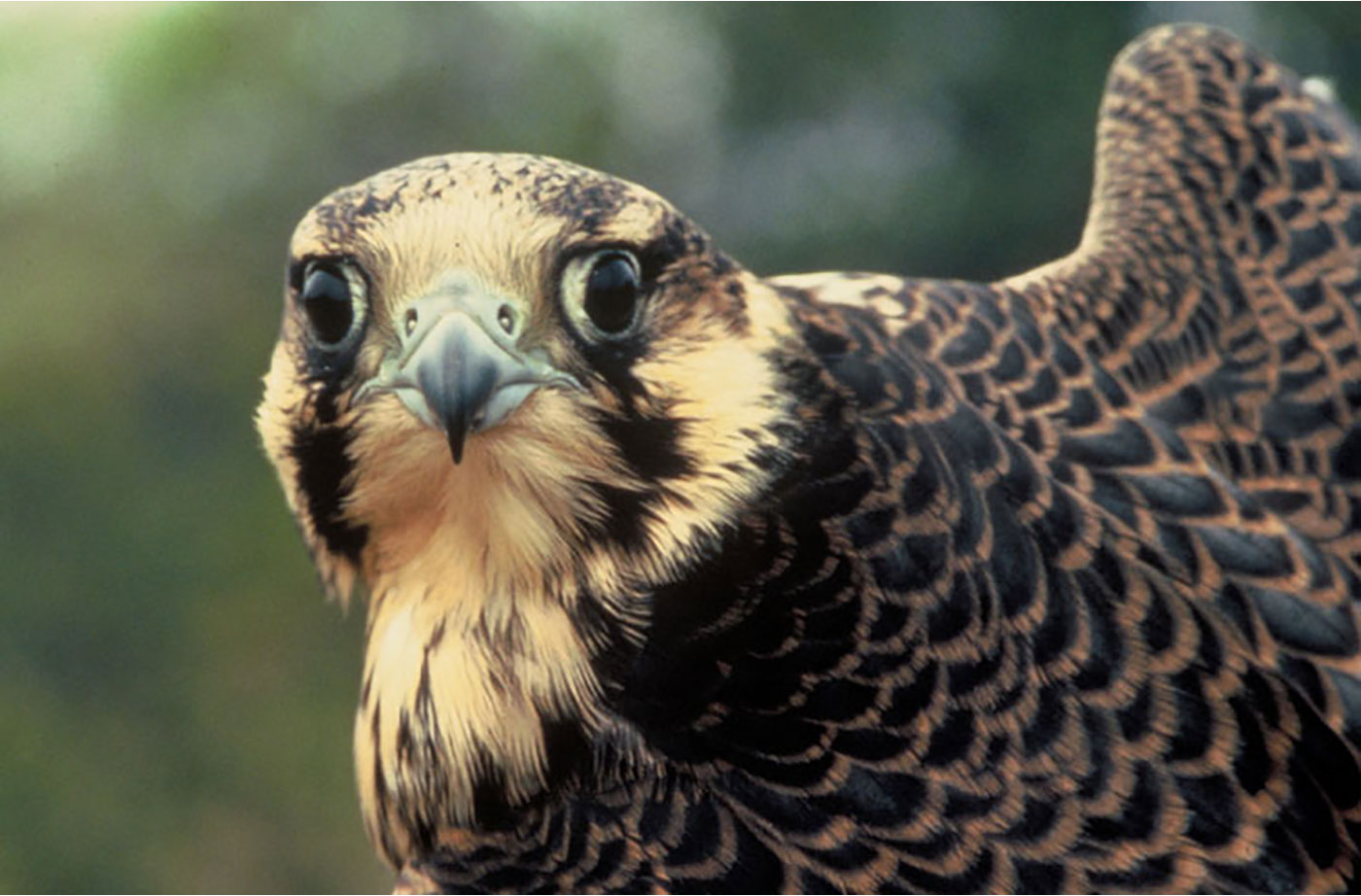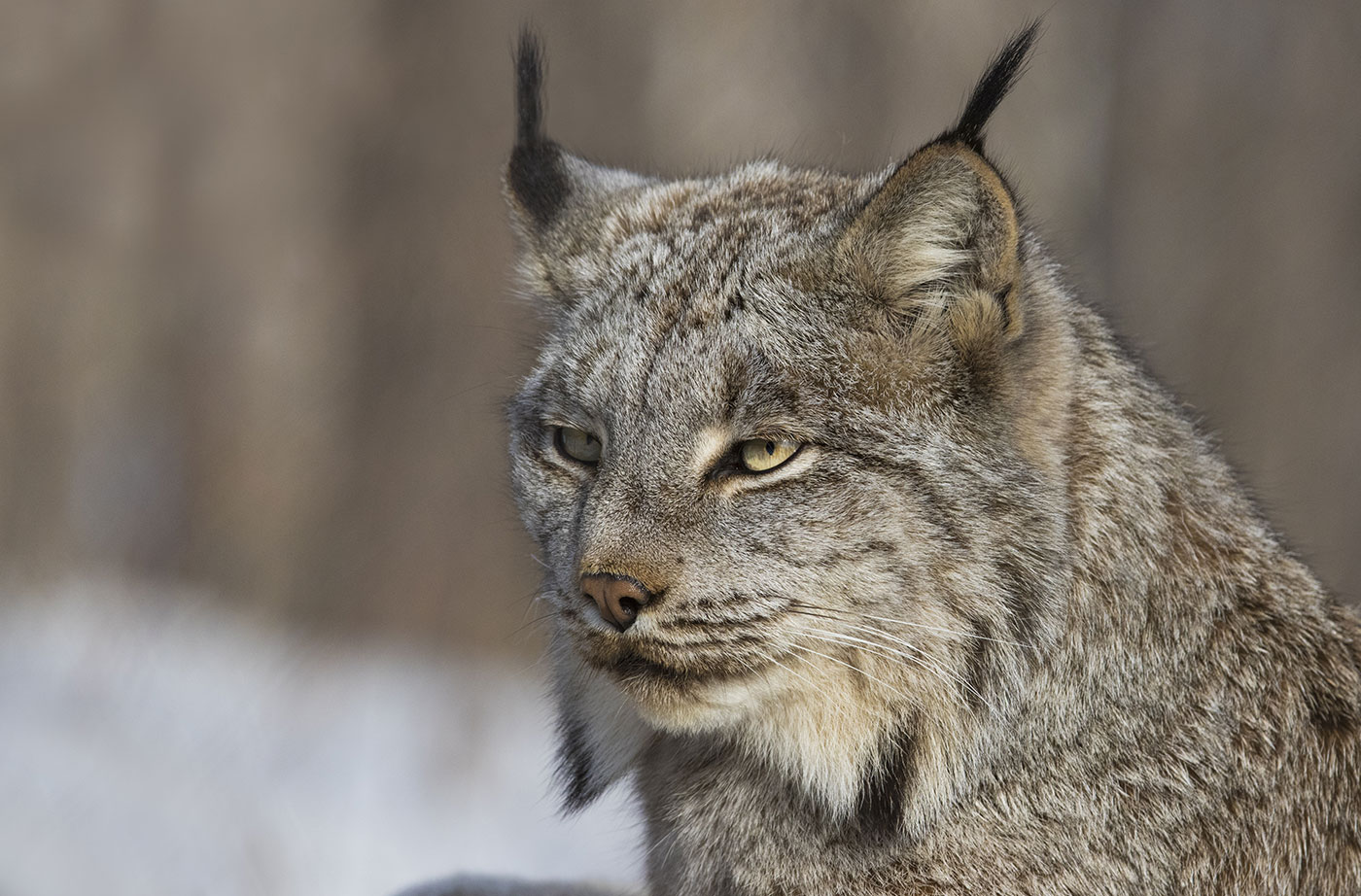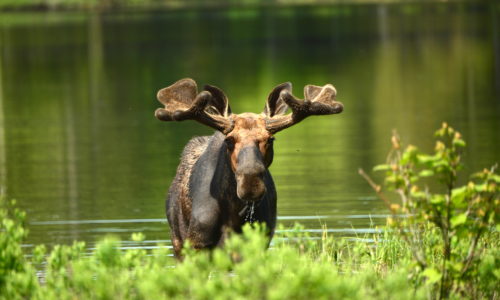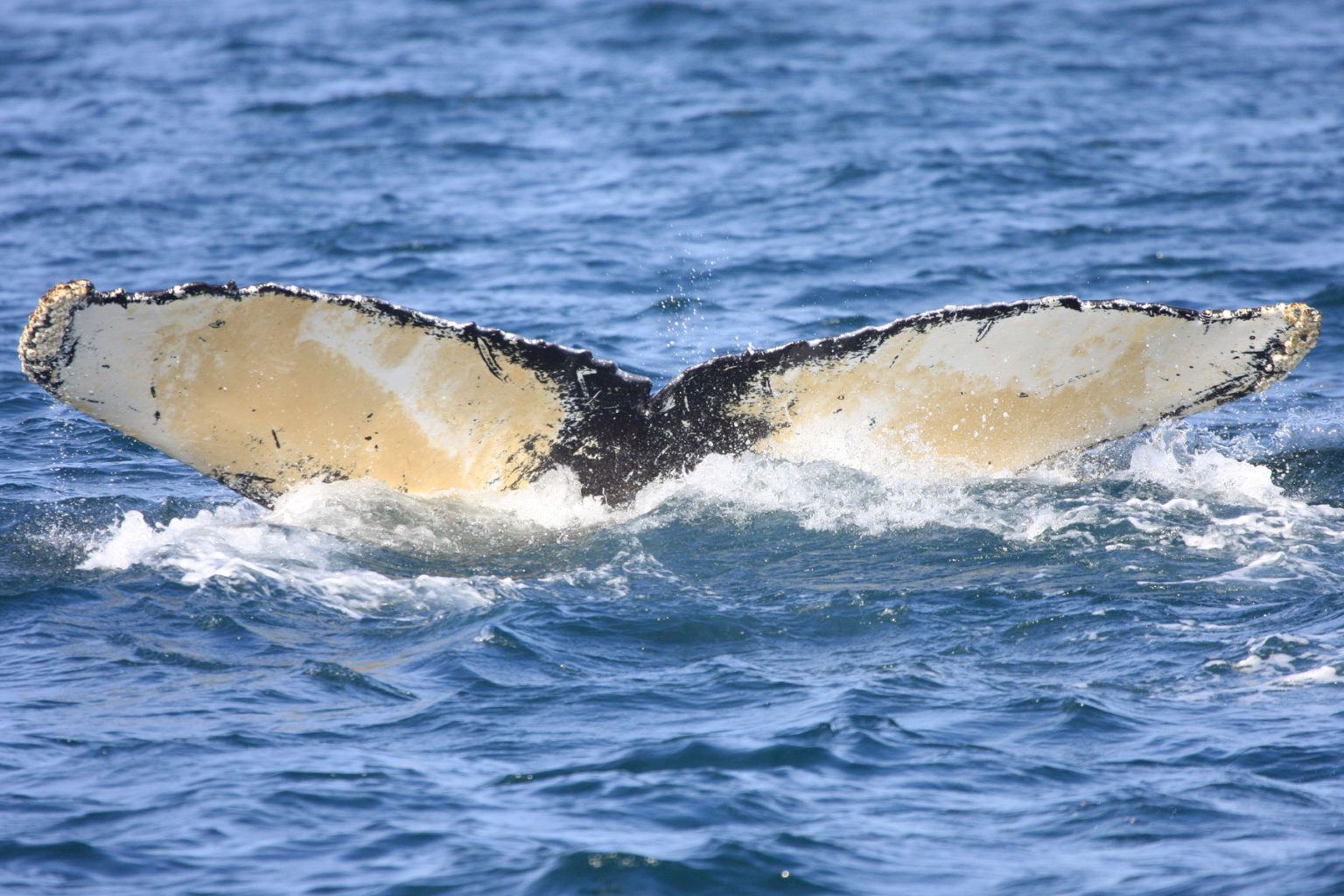The peregrine, once known as the “duck hawk,” is a large falcon, the male more than 16 inches tall and the larger female measuring up to about 20 inches, with a wingspan of up to 44 inches. One of the most widespread birds in the world, the peregrine is found on all continents, with the exception of Antarctica.
Creature Feature
The Natural Resources Council of Maine works to protect important wildlife habitat for our vast array of animals that live in our state. Our Creature Feature is a way to highlight those animals and share "cool facts" and other important information about them.
NRCM's Creature Feature highlights birds, fish, mammals, and other wildlife that play an important role in the nature of Maine. We have featured "creatures" that are directly affected by our work to protect our clean waters (sea lamprey, Atlantic salmon, lobsters, etc.) and protect wildlife habitat in Maine's North Woods, including in our new Katahdin Woods and Waters National Monument (moose, Canada lynx, black bear, etc.)
Creature Feature: Canada Lynx
Canada Lynx (Lynx canadensis) In the snowbound dawn of the Northern Forest prowls a feline shadow with shining eyes and thick, silvery fur. Her big paws and long legs allow her to move silently through the deep snow as she hunts for hare and other prey. Long tufts of black fur grace the tops of her ears, Read More
Creature Feature: Moose
Few things thrill Mainers and visitors more than spotting a moose! Their massive size and dramatic antlers (males only!) peering through the woods leave a lasting impression.The moos e is the largest of the deer family, with adult males reaching up to 10 feet (about 7 feet at the shoulder) and 1,400 pounds.
Creature Feature: Humpback Whale
Each year in Maine, thousands of people take whale watch cruises off the coast in hopes seeing humpback whales! Sometimes playful, and the most active of all the whales, the humpback whale is the only species to breach—or leap in the air—completely leaving the water, before rolling over and crashing back down into the water, where it may slap its tail.
